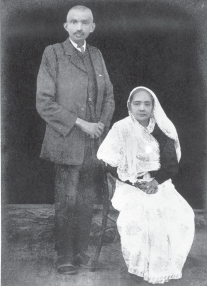
Some men changed their times...
One man changed the World for all times!
Comprehensive Website on the life and works of
Mahatma Gandhi
+91-23872061
+91-9022483828
info@mkgandhi.org

+91-23872061
+91-9022483828
info@mkgandhi.org
43. The triumph of Satyagraha |
 The Union Government had not the power to keep thousands of innocent men in jail. The Viceroy would not tolerate it, and all the world was waiting to see what General Smuts would do. The Union Government now did what all governments similarly situated generally do. They get out of such awkward position by appointing a commission. It is a general practice that the recommendations of such a commission should be accepted by the State, and therefore under the guise of carrying out the recommendations, governments give the justice which they have first refused. General Smuts appointed a commission of three members. I entered into correspondence with General Smuts over the work of the commission and came to agreement. The commission in its report recommended acceptance of the demands of the Indian community; and within a short time after the issue of the report, the Government published in the official Gazette of the Union the Indians' Relief Bill which abolished the £ 3 tax, made legal all marriages deemed legal in India, and made a domicile certificate bearing the holder's thumb-print sufficient evidence of the right to enter the Union. Thus the great Satyagraha struggle closed after eight years, and it appeared that the Indians in South Africa were now at peace. On July 18, 1914, I sailed for England on my way back to India. It was difficult for me to leave South Africa, where I had passed twentyone years of my life sharing to the full in the sweets and bitters of human experience and where I had realized my calling in life. |